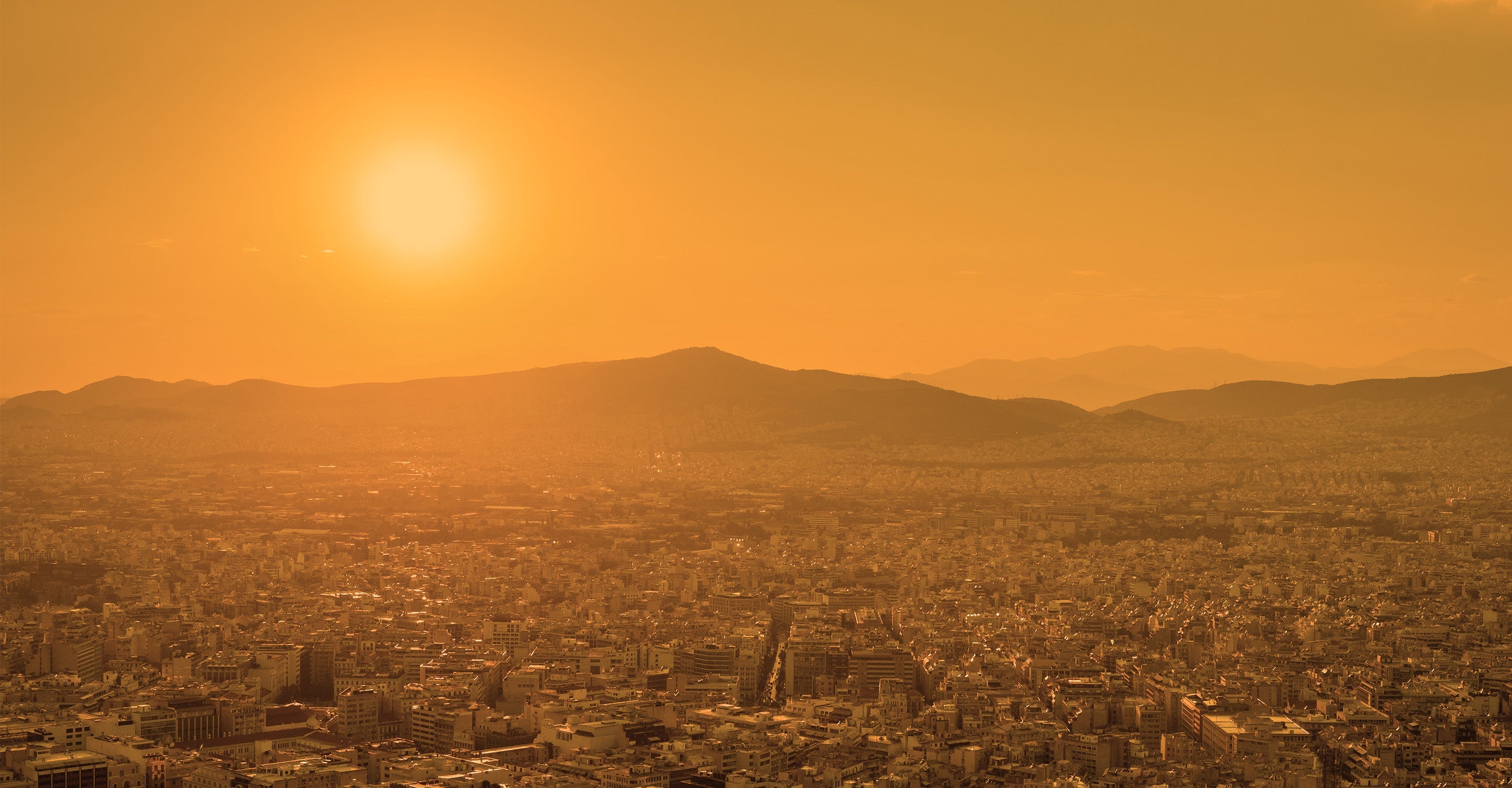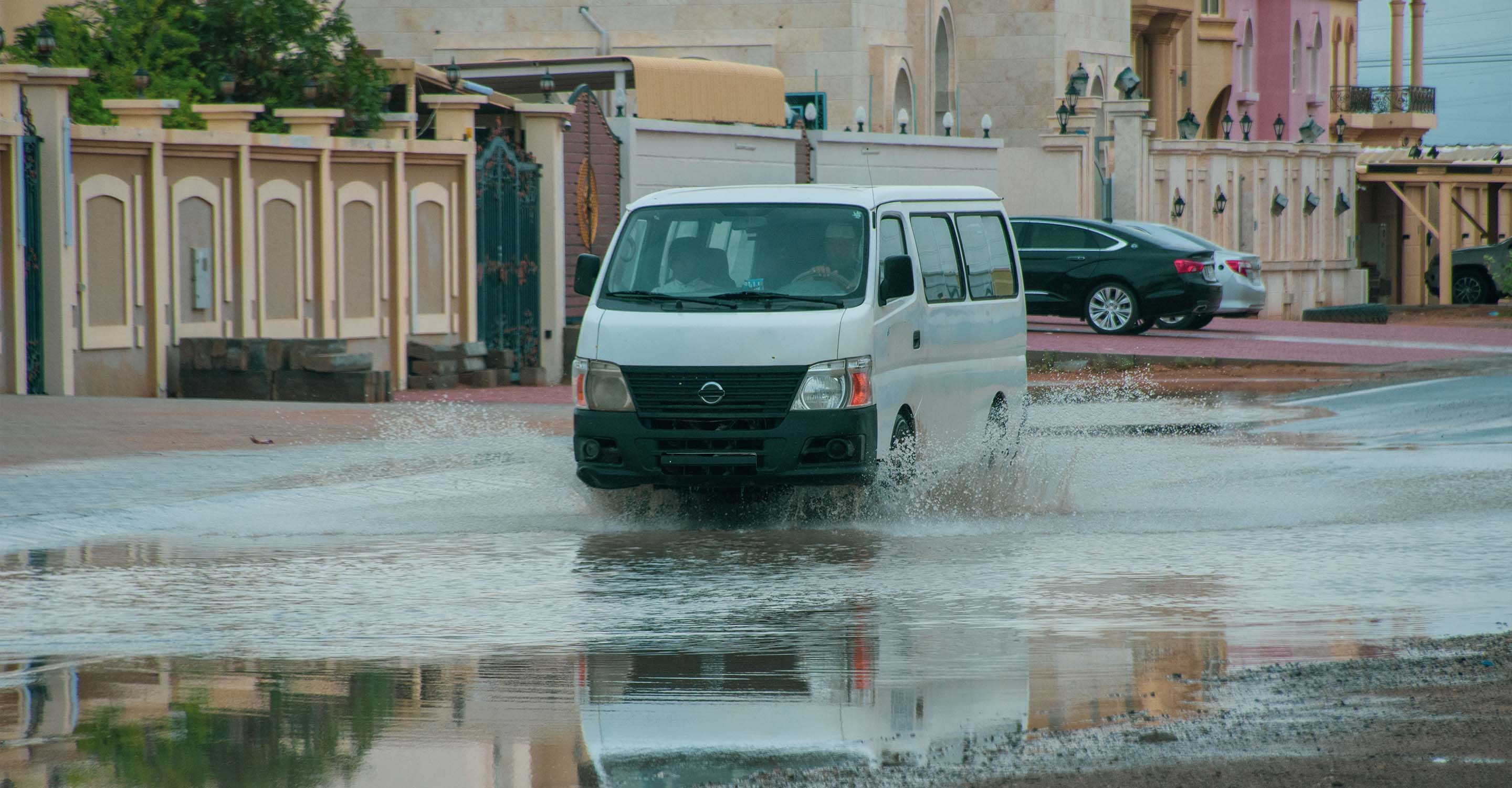Sebokeng air quality map
Live air pollution map of Sebokeng
9 people follow this city
Full screen
Contributors
1
Stations
1
Contributors category
1
Government
0
Non-profit organization
0
Educational
0
Corporate
0
Individual
0
Anonymous
Most polluted air quality stations
| # | station | US AQI |
|---|---|---|
| 1 | Sebokeng | 128 |
community highlight
Sebokeng most followed contributors
Health Recommendations
| Reduce outdoor exercise | |
| Close your windows to avoid dirty outdoor air GET A MONITOR | |
| Sensitive groups should wear a mask outdoors GET A MASK | |
| Run an air purifier GET AN AIR PURIFIER |
Become a contributor
Get an AirVisual Outdoor and contribute to collecting millions of data points for the Sebokeng map to track local air pollution
Understand air pollution and protect yourself
Sebokeng MAP AIR QUALITY ANALYSIS AND STATISTICS
What sort of interesting information about air quality can be found on the air pollution map for Sebokeng?
There is so much really interesting information about air quality on the air pollution map for Sebokeng and it is very easy to access from the main city page. Selecting the air pollution map will open a new page which is filled with all the up-to-date facts and figures about air quality.
When the new page opens for the first time, the overall colour will strike the viewer because it is unexpected. This use of colour is a direct visualisation of the current state of the air. Available colours range from green to dark purple and are standard across the IQAir website. The full meaning of each colour can be seen in the legend at the foot of the screen. At the time of writing, the colour is dark yellow which symbolises “Moderate” air quality.
Usually, there will be some coloured discs distributed across the map which reveal the locations of the ground-level air monitoring stations. But not all cities have such physical stations and rely on data supplied by overhead satellites instead and Sebokeng is one of these cities.
Looking back at the core city page, contained within the coloured banner across the top of it is the United States Air Quality Index reading or US AQI for short. This figure is calculated by taking measurements of six of the most commonly found pollutants found in the city air. These pollutants are usually both sizes of Particulate Matter (PM2.5 and PM10), ozone, nitrogen dioxide, sulphur dioxide and carbon monoxide. The current reading during March 2023 is 68 which classifies the air as being of “Moderate” quality. The asterisk to the right of the number shows that the figure is derived from data supplied by overhead satellites and not by ground-level air monitoring stations. The results are very much the same, though. The whole system is encouraged by the World Health Organisation (WHO) and has its complete backing and support.
The main pollutant was found to be PM2.5 with a recorded level of 20.1 µg/m³ which is four times higher than the suggested target figure of 5 µg/m³ as recommended by the WHO.
Can any more fascinating information about air quality be found on the air pollution map for Sebokeng?
There is still a lot of scintillating information about air quality contained within the air pollution map for Sebokeng. The page needs to be viewed in full-screen mode so that all the information is visible. There is an icon at the top of the page which, once selected, will re-open the page at full scale.
When viewed in this way, a list of four options will appear on the left-hand side of the screen. These choices can all be turned on and off individually to see the effects they each have on the map.
The first choice would show the sites of the ground-level air monitoring stations but Sebokeng has no physical stations and gets its data from satellite modelling.
The next option reveals the locations of any wildfires there are that might be burning out of control in the vicinity. During March 2023, there were some fires to the south of Sebokeng as shown by the icons on the map. This is when option number four is useful because it shows the speed and direction of the prevailing winds and will give a guide as to where the smoke might blow. If the wind does not change direction, it looks as though the smoke will be blown past the city.
The third option uses colour to directly show the current air quality. When the air quality is poor, the map will take on a very dark colour which might be confusing or distracting in which case the option can be deactivated which will remove the intense colour from the map.
The remaining facts and figures about air quality can be seen on the right-hand side of the screen. A table will be seen here which shows the top seven most polluted cities in the world. The remainder of the participating cities can be further explored under the full-ranking section.
Can the source of the polluted air be seen on the air quality map for Sebokeng?
The direct source of the polluted air is not shown on the air quality map for Sebokeng but when considering South Africa outdoor and indoor air pollution is considered a serious problem and emissions such as sulphur dioxide, particle matter, nitrogen dioxide, nitrogen oxide, ozone, benzene and volatile organic compounds are considered a cause for concern. The air quality in different areas of the country is affected by air pollution that enters the air from various sources. These sources include power generation activities, industrial processes, waste disposal, transport (private and public), biomass burning (the burning of living or dead plant material, including grassland, forest, agricultural waste and the burning of biomass for fuel), domestic fuels, landfills, wastewater treatment and agriculture.
Industry is a major consumer of energy and relies mainly on fossil fuels, especially coal. The industrial/mining sector is also a major consumer of electricity at national level. The largest industrial consumer of electricity is the mining sector, followed by the iron and steel, and non-ferrous metal industries.
PM2.5 is always quoted on the air pollution map for Sebokeng, but how dangerous is it?
Particulate Matter (PM2.5 and PM10) is a significant source of air pollution that damages the heart and lungs. This suspended matter is usually classified by its 'aerodynamic diameter'. The aerodynamic diameter of a dust particle is the diameter of a spherical particle that exhibits the same behaviour in the ambient air as a dust particle (which does not necessarily have a spherical shape). Particulate matter is particularly important in the context of air quality problems.
The size of these particles is about 2.5 micrometres in diameter and even smaller, and can easily travel deep into the lungs as well as in the cardiovascular system, causing inflammation. It is also suspected that particles contribute to cardiovascular problems by promoting atherosclerosis, which can lead to the narrowing of blood vessels, as well as cardiovascular inflammation and an increase in blood clots. The consequences of this are hypertension, heart attacks, heart failure and strokes. Air pollution is therefore a serious problem that affects all people's health.
Sebokeng air quality data attribution
1Contributor
Government Contributor
1 Data source









